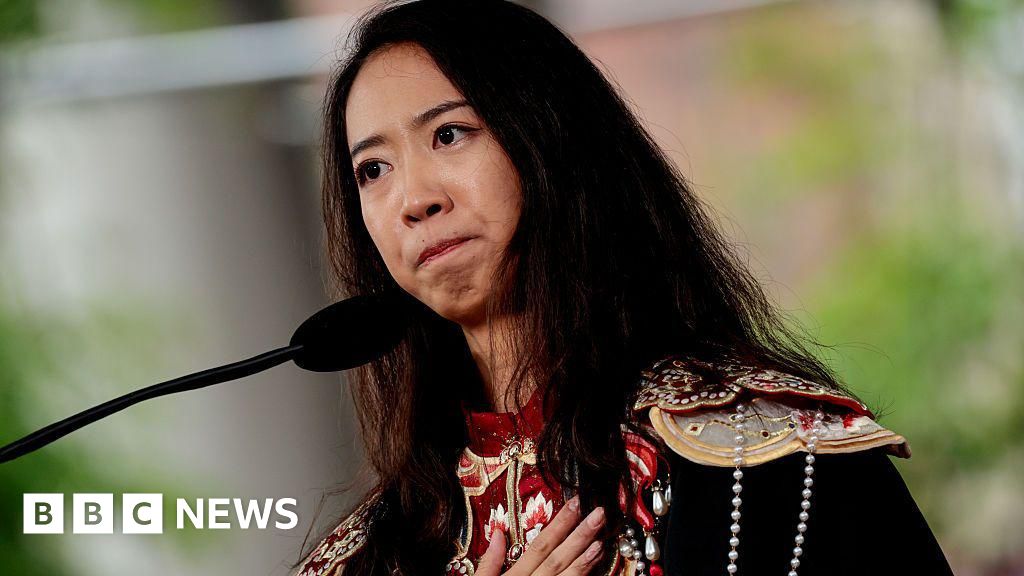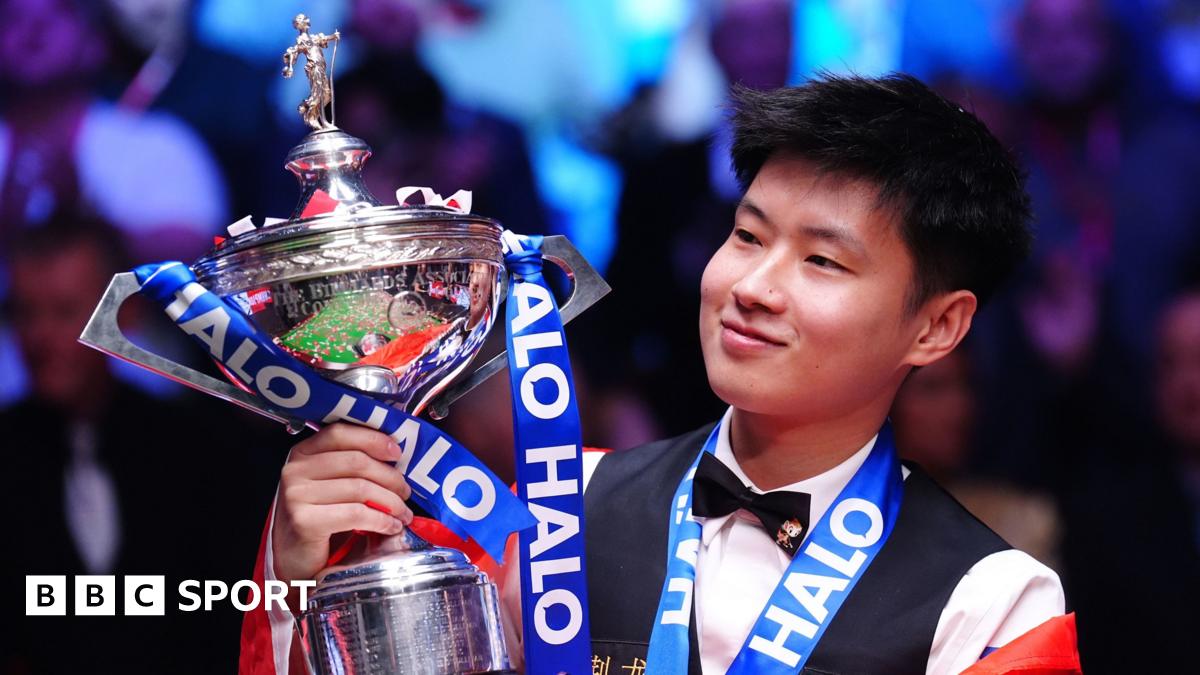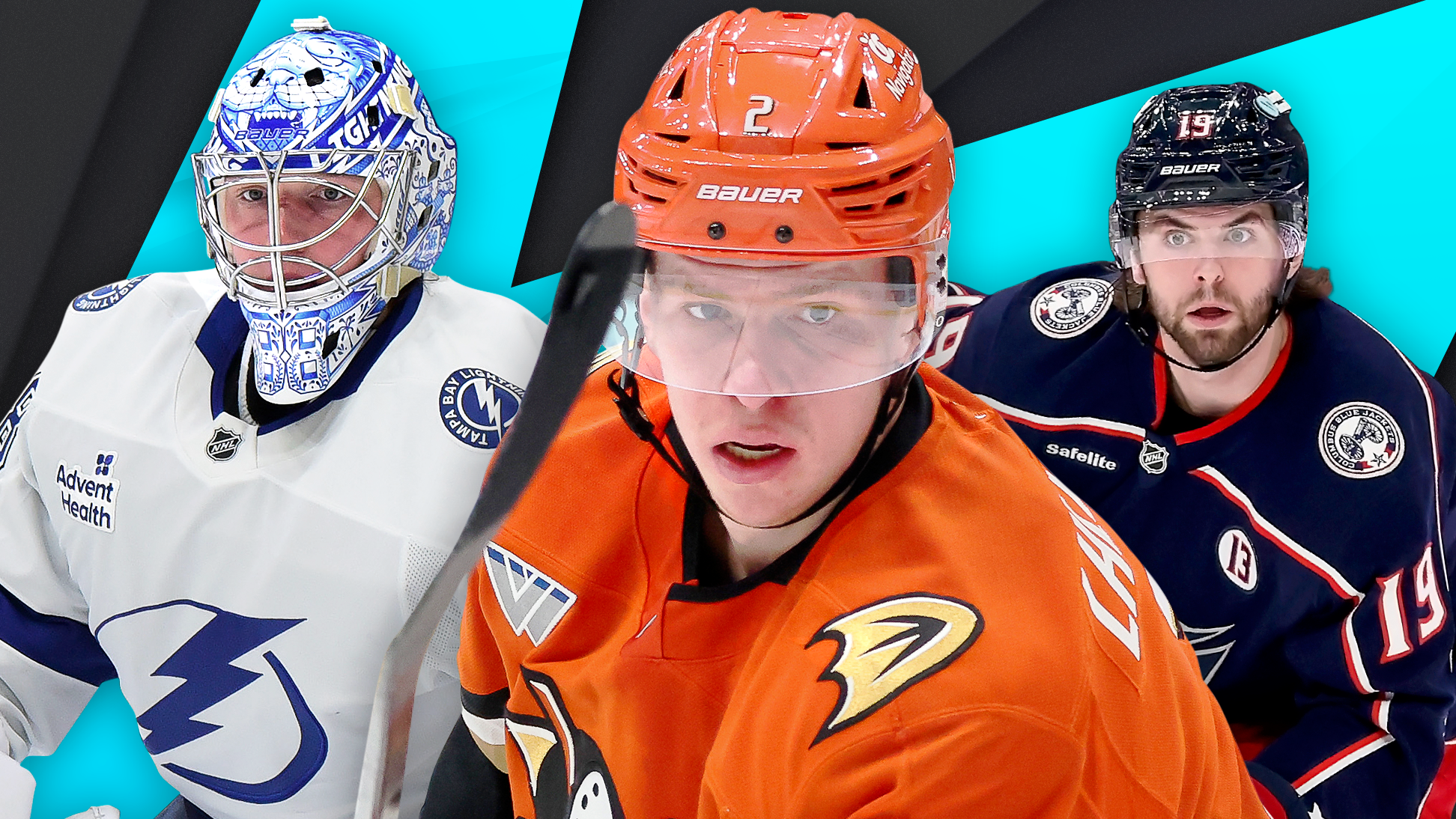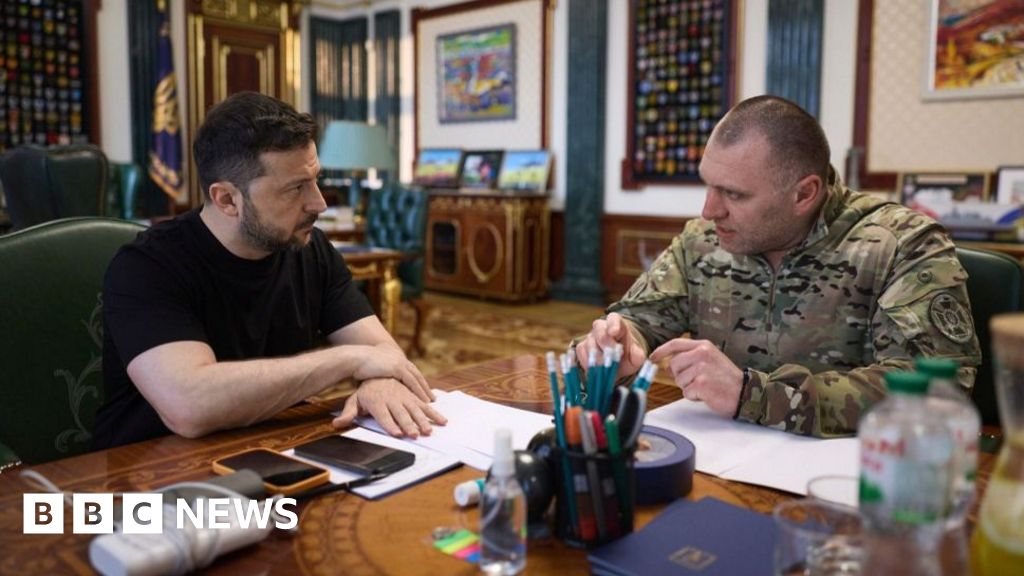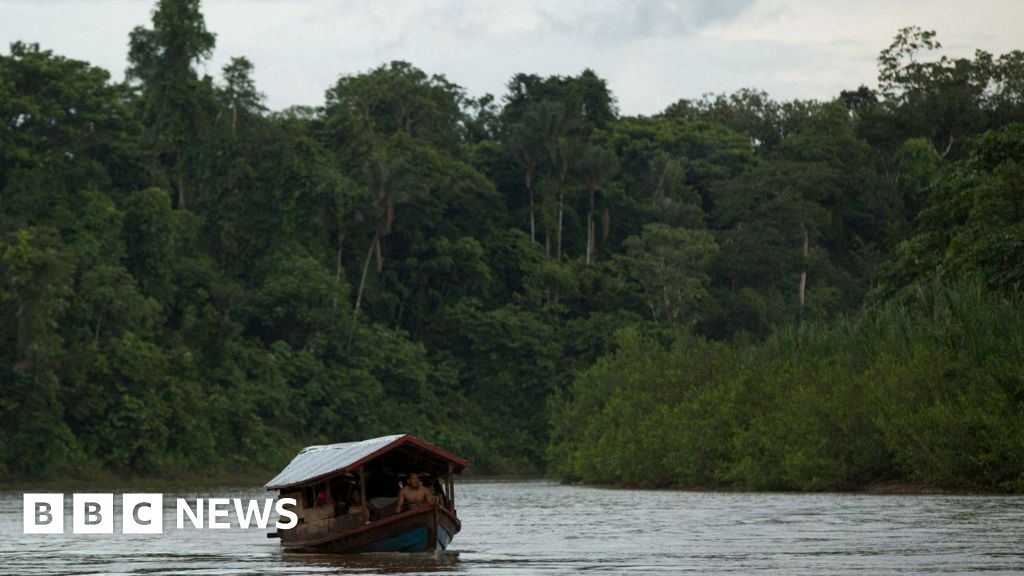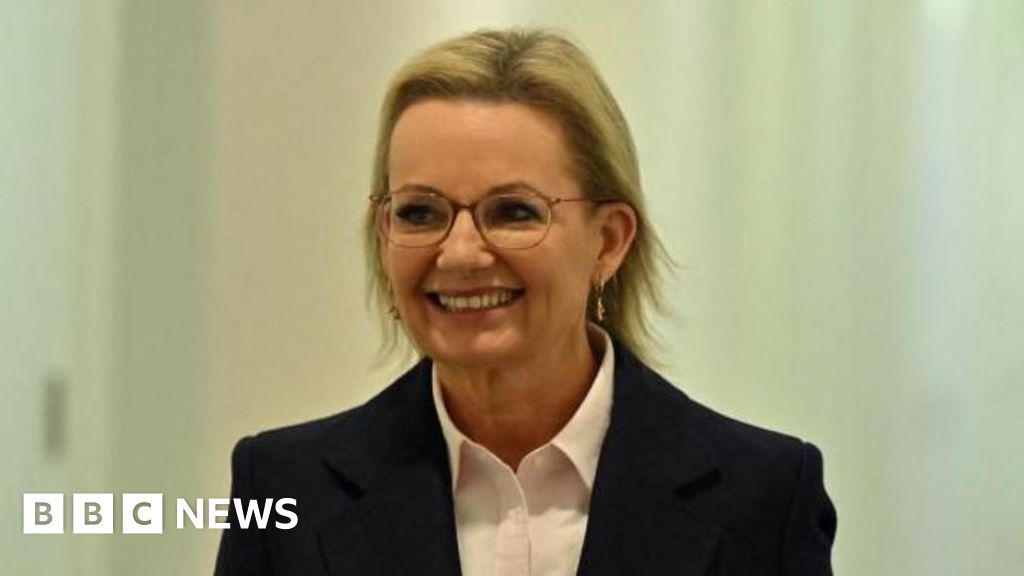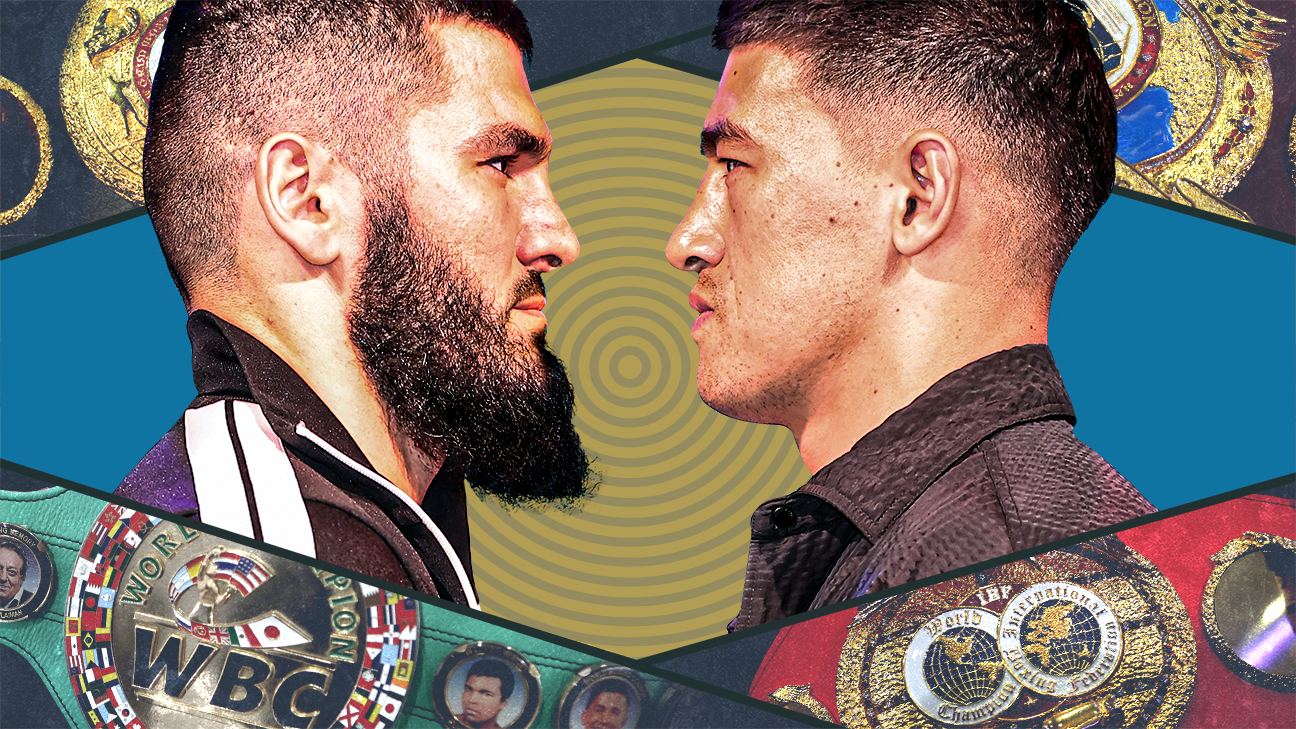
Jorge CastilloFeb 24, 2025, 07:30 AM ET
- ESPN baseball reporter. Covered the Washington Wizards from 2014 to 2016 and the Washington Nationals from 2016 to 2018 for The Washington Post before covering the Los Angeles Dodgers and MLB for the Los Angeles Times from 2018 to 2024.
PORT ST. LUCIE, Fla. -- Mid-February live batting practice sessions are usually forgettable, but the one held on the main field at Clover Park the day after Valentine's Day was different for the New York Mets.
Kodai Senga, the presumed ace a year ago, faced four hitters. He threw 16 pitches, touched 96 mph and didn't appear compromised from the shoulder injury that kept him out for all but 5⅓ innings during the 2024 regular season. Afterward, he shared laughs with catcher Luis Torrens and pitching coach Jeremy Hefner.
"I saw a smile on his face," Mets manager Carlos Mendoza said. "That's a good sign."
Last spring, Senga, coming off an outstanding rookie year, was supposed to be a sure thing. Instead, he was shut down with a shoulder injury before appearing in a Grapefruit League game and started just the one game in July.
The Mets thrived without him, even with a rotation full of newcomers and uncertainty, completing an 89-win campaign capped by a trip to the National League Championship Series. But as they look to improve on that finish after a monster offseason, questions around the rotation remain.
Can Senga stay healthy? When will Frankie Montas, shut down for up to eight weeks with a lat strain, return? Will Clay Holmes, exclusively a reliever the past six seasons, successfully transition back to starting games? Will Sean Manaea continue where he left off last season after a midseason delivery change produced elite results? Was David Peterson's career year -- he posted a 2.90 ERA in 21 starts -- an aberration?
"I will say, I feel much better about our starting pitching depth sitting here today than I did a year ago," Mets president of baseball operations David Stearns said days before Montas sustained his injury during his first bullpen session of camp. "We made that a priority of our offseason. We brought in a number of players at all levels of free agency."
All levels but one: proven ace-level starting pitchers.
The Mets' offseason will be remembered for bookend investments in All-Stars to fortify their lineup: Juan Soto in early December and Pete Alonso the week before pitchers and catchers reported for camp. For the second offseason under Stearns' direction, though, they had holes to fill in the rotation and did not acquire any of the premium starters available.
A year after their long-term bid for Yoshinobu Yamamoto fell short, the Mets did not aggressively pursue the three top starters available in free agency: Max Fried, Blake Snell and Corbin Burnes. (Fried strengthened an already-strong rotation strength across town, signing with the New York Yankees on an eight-year, $218 million deal.)
Instead, they made low-risk, high-reward short-term investments with an emphasis on depth. They re-signed Manaea to a three-year, $75 million contract. They signed Holmes, a two-time All-Star closer, to a three-year, $38 million deal to become a starter. They added Montas, an injury-plagued right-hander who recorded a 4.84 ERA in 2024, on a two-year, $34 million deal. They signed Griffin Canning, a former top prospect, to a one-year, $4.25 million deal after the right-hander pitched to a 5.19 ERA and surrendered 31 home runs last season, the second-most in baseball, for the last-place Los Angeles Angels.
The additions join Senga, Peterson, Paul Blackburn and Tylor Megill to round out the options for a six-man rotation, which the Mets plan to deploy in large part to accommodate Senga.
"I think our pitching is going to surprise people, even though there's a lot of talk about starting pitching," Mets owner Steve Cohen said. "And another thing is we're flexible. If we have to make changes or improve the team during the year, you saw what we did in '24 and we'll do it again in '25."
For all the offensive fireworks and Grimace-engineered vibes the 2024 OMG Mets produced, extracting value from the starting rotation was the foundation for their success. Luis Severino, signed to a one-year, $13 million deal, recorded a 3.91 ERA over 31 starts last year after posting a 6.65 ERA with the Yankees the year before. Jose Quintana registered a 3.75 ERA in 31 starts in his age-35 season on a $13 million salary. Manaea dropped his arm slot in his 21st start and pitched to a 3.09 ERA over his final 12 outings before the playoffs.
"[We] want to be a team that can improve players," Cohen said. "And I think from a pitching perspective, we're able to do that."
Hefner pointed to Severino's jump from 89⅓ innings in 2023 to 182 innings last season as evidence that, with the required work ethic, a successful sizable workload increase is possible.
"I feel like our performance staff does a good job of monitoring guys and not just putting reins on them," Hefner said. "They're very much like, 'Let's go. Let's push. How far can we take them?' As long as they're recovering and they're honest with us and they're staying on top of their programs, we have full confidence that a guy could make a big jump in innings."
In Holmes, the Mets will attempt a more extreme escalation.
The Yankees' former closer has totaled 337⅓ innings over his seven-year career, including 63 innings each of the past two seasons. He hasn't started a game since September 2018. To get through a lineup two or three times, Holmes said he plans on incorporating a changeup -- a pitch he started tinkering with in bullpens last season -- for the first time and using his four-seam fastball more often to complement his sinker (his best pitch). The goal is to build up to 90 pitches by Opening Day.
"I would say now it's starting to get a little different," Holmes said last week. "I threw three innings the other day. It was probably the first time I've done that in a while."
Relievers have successfully made the jump to starter. Hall of Famer John Smoltz famously converted from starter to closer back to starter. For the Mets, a club with World Series aspirations, it's a risk they decided is worth taking.
Of course, that risk won't matter if they can't keep their starting pitchers healthy -- and that starts with Senga, who, alongside Manaea, will top a rotation the Mets hope will help lead them back to October.
"He just needs to be healthy," Mendoza said. "As long as he's taking the ball. But we got some good options. And we talked to him about that. He doesn't have to be the hero, feeling like he's the ace of the staff, because we got some options. And we like those guys at the front end of the rotation."
































